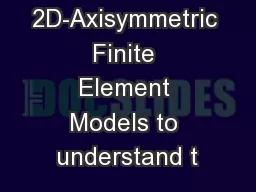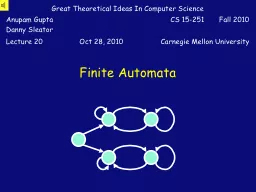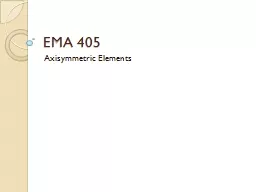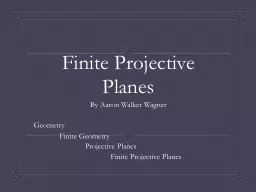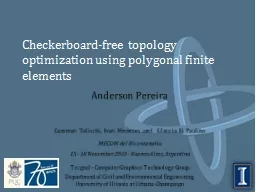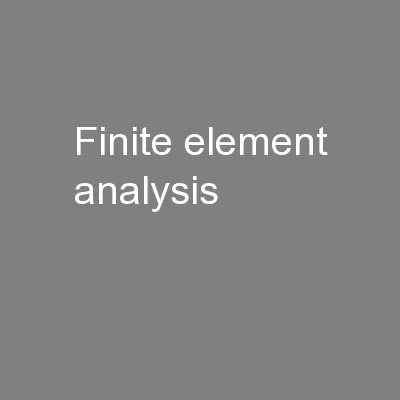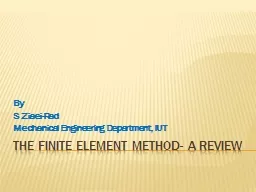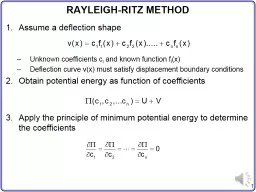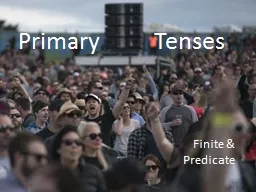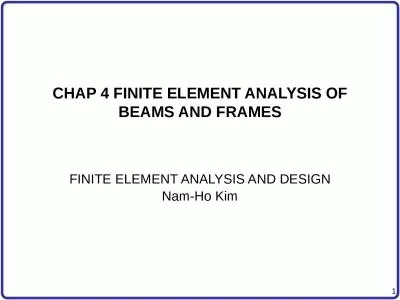PPT-Using 2D-Axisymmetric Finite Element Models to understand t
Author : aaron | Published Date : 2017-06-26
Ophelia George PhD Candidate in Geology University of South Florida 2015 MDF MidYear Research and Writing Conference Acknowledgement Research Team Co Advisor Rocco
Presentation Embed Code
Download Presentation
Download Presentation The PPT/PDF document "Using 2D-Axisymmetric Finite Element Mod..." is the property of its rightful owner. Permission is granted to download and print the materials on this website for personal, non-commercial use only, and to display it on your personal computer provided you do not modify the materials and that you retain all copyright notices contained in the materials. By downloading content from our website, you accept the terms of this agreement.
Using 2D-Axisymmetric Finite Element Models to understand t: Transcript
Download Rules Of Document
"Using 2D-Axisymmetric Finite Element Models to understand t"The content belongs to its owner. You may download and print it for personal use, without modification, and keep all copyright notices. By downloading, you agree to these terms.
Related Documents

